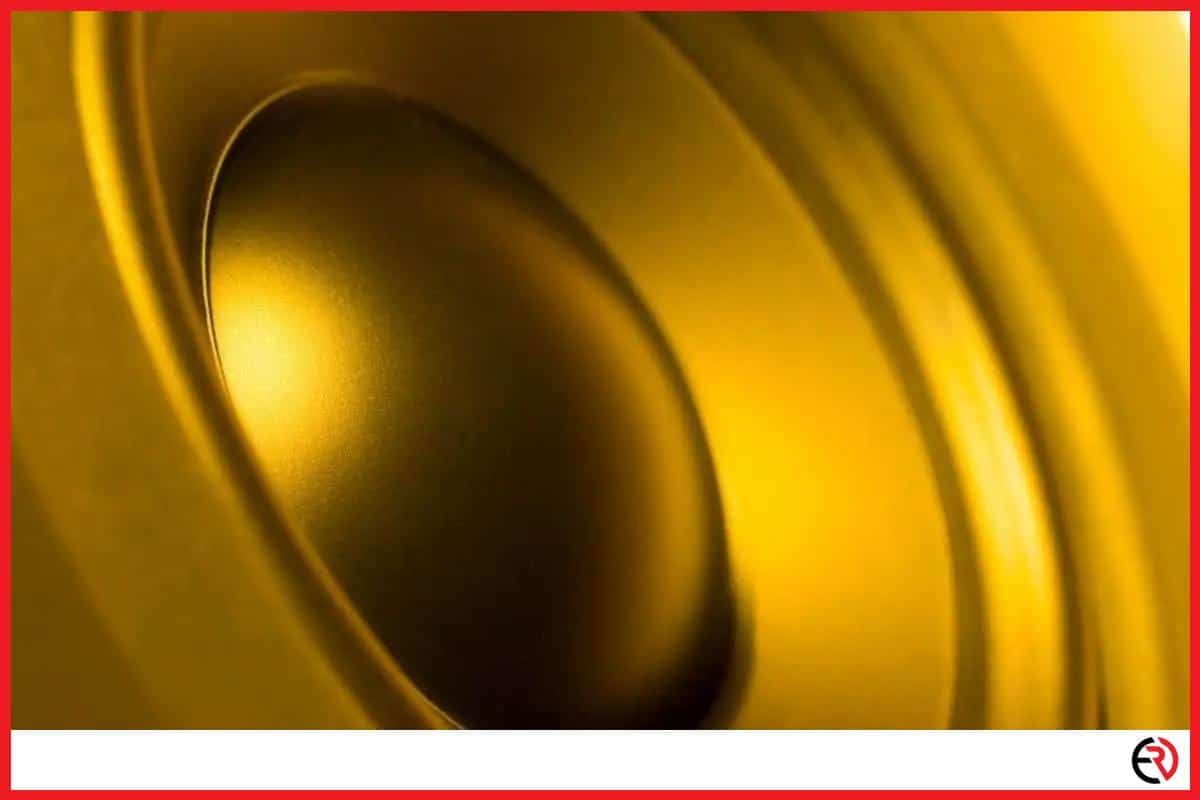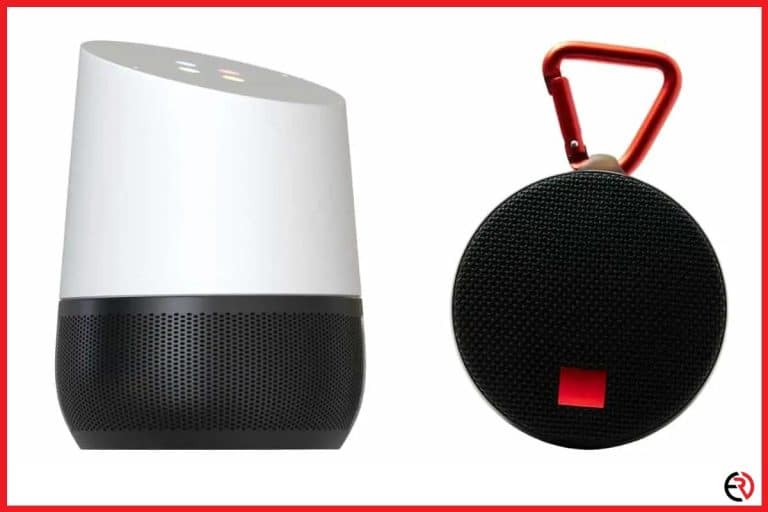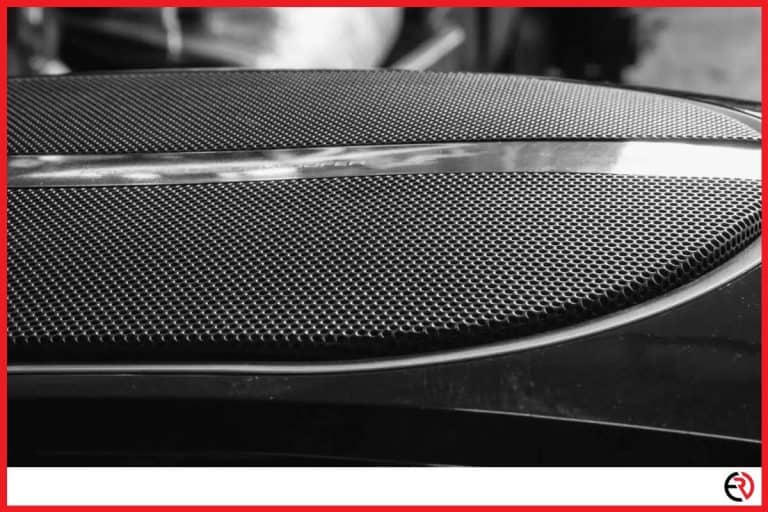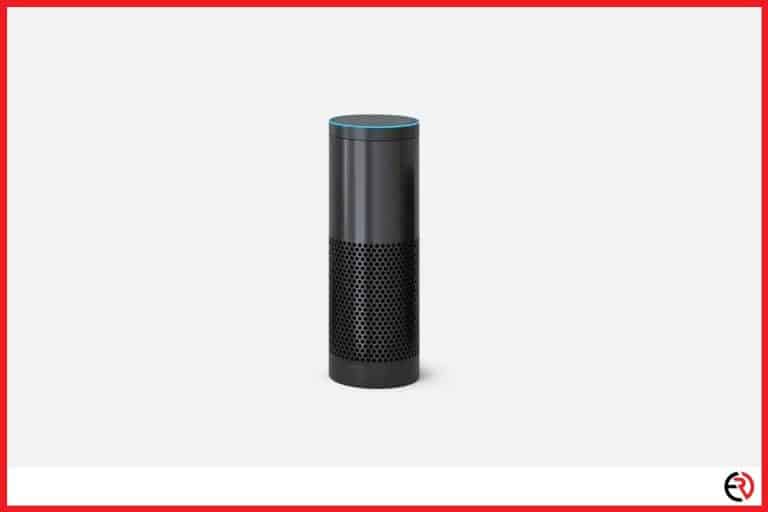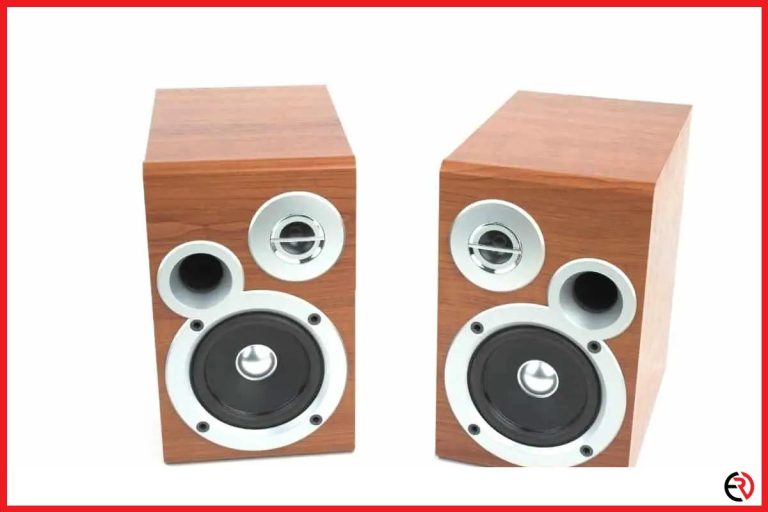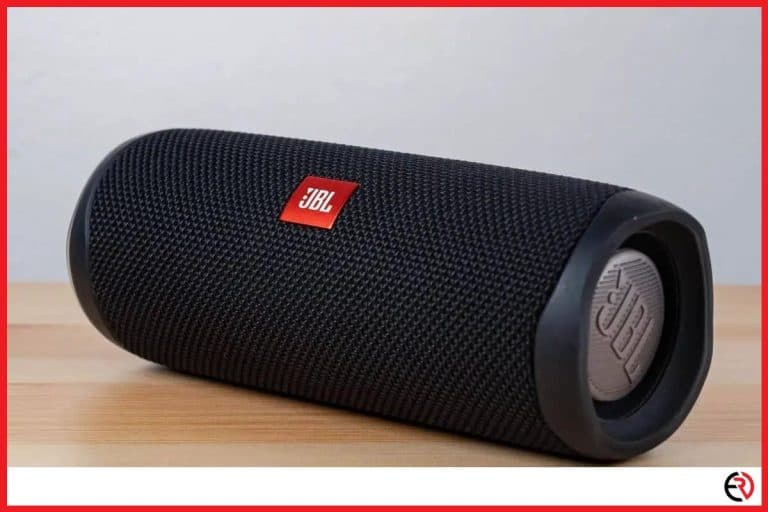Are Subwoofers Bad for Your Ears? (And How To Protect)
This post may contain affiliate links which means that, if you choose to make a purchase, I may earn a small commission at no extra cost to you.
Bass heads can’t live without a bunch of subwoofers blasting sound to shake their windows. While I am not a bass head, I can’t do without subs while watching movies. The explosions and low-frequency effects sound dry without a subwoofer. However, the loud explosions do make me wonder if it’s bad for my ears.
Like any other speaker, subwoofers can damage your hearing if they get too loud. Typically, touching the 100-decibel mark is very alarming. If your subwoofers are even louder they can instantly cause hearing loss and even ear injuries.
Let’s dive deeper into the topic to figure out how subwoofers may damage your ears.
Human ears are less sensitive to low frequencies
I’ve mentioned above how low frequencies created by subwoofers can damage your ears at high volumes or intensity. While that’s the objective truth, you need to delve into the nuances to get a better understanding. But before that, you need to understand how human hearing works.
Sound waves entering the ear travel through the auditory ear canal and strike the eardrum to create corresponding vibrations. The eardrum transmits the vibrations through the small bones in the middle ear. These vibrations are then transmitted to the cochlea via the oval window.
The cochlea is filled with fluid and lined with tiny hair cells. The fluid inside the cochlea picks up those vibrations and hair cells oscillate at different frequencies and translate them into electrical signals that are sent to the brain so that you can interpret the sound. The hair cells at the upper end of the cochlea vibrate to lower frequencies and those close to the oval window oscillate to higher frequencies.
Due to evolution, human ears are more sensitive to the mid-range and high frequencies. Moreover, low frequencies have extremely long wavelengths compared to high frequencies. For instance, human ears should ideally perceive anything between 20Hz to 20kHz. For 20kHz the wavelength is just over half an inch while for 20Hz, the wavelength is over 56 feet. You can check out this cool calculator to do the math.
That’s why our ear has to perform many tricks to perceive low frequencies properly. However, it has a limit. That’s why I tend to turn the volume up on bass-heavy tracks. Fortunately, science agrees with me. Humans have different thresholds of audibility across the audible frequency range. That means you need higher volume at low frequencies to even hear the bass and as you move towards the mid-range the sensitivity improves and then climbs up again at high frequencies.
So, you need to keep the bass at high volume to even perceive it.
Does that mean subwoofers aren’t bad for your ears?
No, subwoofers or any other speaker that blasts music at a loud volume can be bad for your ears.
However, you need to keep the subwoofer at a higher volume or gain setting than your main speakers. Not uncomfortably higher, just a bit higher. If it’s too loud the small hair cells that perceive low frequencies can get damaged. Unfortunately, once you lose those cells, they don’t grow back and you’ll suffer from low-frequency hearing loss.
Low-frequency hearing loss is a rare disease and you may not even notice you have it since they are less naturally occurring in nature. Think rumbling of thunder or vowel sounds at a lower pitch. However, if you’re a music lover like me, it’s a great loss. As we get older we develop poor hearing as we keep losing these hair cells. That’s why we must take all measures to preserve as many of these tiny hair cells as we can.
Check out the following table for a glimpse of damagingly loud volume levels:
| Sounds and Noises | Sound Level | Consequences |
| From normal breathing to the sound created by an air conditioner | 0-60dB | No irritation at these volume levels |
| Dishwasher and washing machine sounds | 70dB | You may feel slightly annoyed |
| Traffic noise | 80-85dB | You’ll feel very annoyed |
| Motorcycle noise | 95dB | Damage to your hearing within less than 1 hour of exposure |
| Loud sporting events, car horns at close range | 100dB | Hearing loss within 15 minutes of exposure |
| Shouting right beside the ear or a loud concert | 110-120dB | Hearing loss within less than 2 minutes and ear injuries |
As long as you use common sense and don’t turn up the volume uncomfortably loud you wouldn’t even need this table.
Preventing damage to your hearing
So, you’re a responsible music lover who enjoys punchy and deep controlled bass and keeps the subwoofer at a reasonable volume level to not damage your ears. However, what about the idiots in public places or other venues where they like to test the tolerance of their glass windows with giant loud subwoofers? Here’s what you can do:
- Get ear protection – This is the cheapest way to protect yourself from loud music while you are in public or when you live beside loud neighbors. Get some earplugs that can isolate all ambient noise.
- Get noise-canceling headphones – Active noise-canceling headphones aren’t just great for listening to music. They are very good at eliminating low-frequency sounds. That means if a subwoofer with a frequency response of 20Hz to 200Hz is blasting out music at a high volume near you, you can simply put on your ANC headphones and drown it out. However, I would suggest this option only if you don’t have a good pair of headphones.
- Get some distance and take breaks – Finally, limit your listening sessions and take breaks from time to time. Also, make sure to get some distance between you and your subwoofer. As you sit close to the speakers or subwoofer, the sound pressure increases on your ears.
Conclusion
Subwoofers create low frequencies and while your ears aren’t as sensitive to low frequencies as high frequencies if it gets loud enough it can damage your ears. That’s why it’s best to limit the volume and listening sessions and also turn down the volume if it gets uncomfortably loud. I hope this article was helpful to you.

